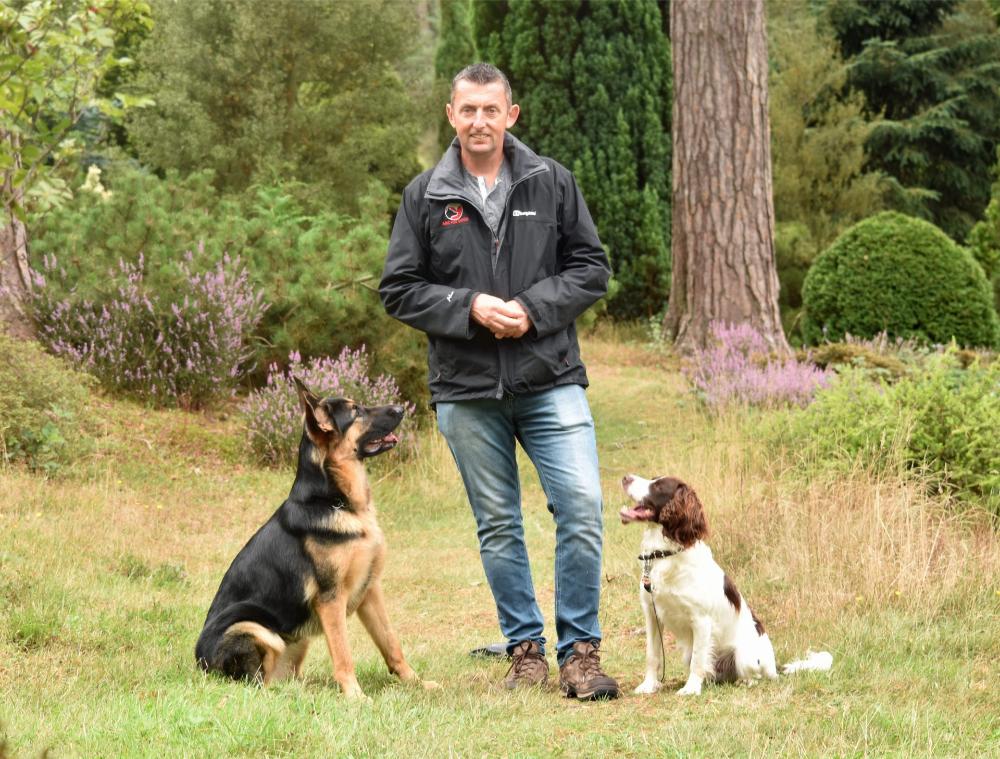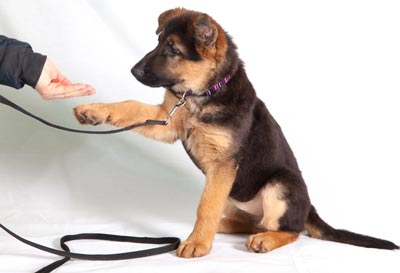The Ultimate Overview to Canine Training: Transform Your Pet's Actions
Reliable pet dog training is necessary for promoting a harmonious relationship in between family pets and their owners. The complexities of canine behavior and the execution of organized training techniques play a crucial duty in this procedure. By comprehending the principles of favorable reinforcement, consistency, and socializing, animal proprietors can browse common obstacles that develop during training. This overview not only intends to furnish you with the required devices to transform your dog's actions but also welcomes you to explore just how these foundational concepts can cause a deeper link with your animal. What could be the very first step in this transformative journey?
Recognizing Canine Actions
Recognizing canine habits is crucial for effective training and a harmonious connection in between pets and their owners. A canine's habits is affected by a mix of genes, setting, and experiences. Dog training. Recognizing these elements enables owners to customize their training approaches to satisfy the specific demands of their pet dogs
Pets communicate primarily through body language, articulations, and face expressions. A wagging tail can indicate exhilaration or joy, while a put tail might indicate concern or submission. Observing these hints allows owners to respond appropriately, enhancing favorable habits and resolving unfavorable ones successfully.
Furthermore, understanding the social framework of pet dogs can provide understandings into their actions. Canines are pack pets, and they prosper in a structured setting. Establishing constant rules and clear limits can prevent complication and promote a complacency.
Moreover, identifying the all-natural reactions of dogs, such as need to dig or chase after, is essential. These reactions can be redirected via appropriate electrical outlets, such as play or exercise. By thoroughly recognizing these behavior aspects, proprietors can cultivate a positive training experience, eventually leading to a well-adjusted and obedient canine friend.
Essential Training Strategies
Effective pet training relies on a range of essential techniques that can substantially enhance the understanding process for both the canine and the proprietor. One essential strategy is positive reinforcement, which includes satisfying preferable behaviors with treats, appreciation, or play. This approach urges dogs to duplicate the actions that bring about positive outcomes, fostering a trusting connection in between the pet dog and proprietor.
Another key method is uniformity in commands and assumptions. Making use of the very same spoken hints and hand signals assists the pet dog comprehend what is needed, lowering complication and advertising quicker learning. Additionally, establishing clear borders and regulations is crucial for efficient interaction.
Socialization is also a vital element of training. Subjecting pets to various atmospheres, people, and other pets helps them develop appropriate social abilities and lowers stress and anxiety in unknown situations.
Finally, patience and timing are vital. Training sessions should be regular however quick, making certain that the pet dog stays engaged and responsive. By employing these important strategies, proprietors can create a organized and positive training experience that advertises great behavior and reinforces the bond with their canine companions.
Developing an Educating Schedule
Just how can a well-structured training routine boost a canine's learning experience? A training routine provides uniformity, ensuring that pet dogs receive routine, concentrated direction. This predictability aids canines recognize what is expected of them, enhancing their knowing and enabling better retention of commands and actions.
When developing a training schedule, it is necessary to consider the pet dog's age, type, and individual temperament. Young young puppies might benefit from much shorter, extra frequent sessions, while adult pets may love longer, much less constant training periods. Incorporating a range of tasks can also more helpful hints keep the sessions engaging, stopping dullness and promoting enthusiasm for discovering.
In addition, organizing training sessions at specific times of the day can help solidify a routine. As an example, coupling training with daily walks or playtime can create a positive association with discovering. It is additionally crucial to consist of time for support, such as treats or appreciation, to reward preferred habits immediately.
Last but not least, adaptability is key. While uniformity is crucial, being adaptable to the pet dog's state of mind or power degree can improve their discovering experience. A well-crafted training routine eventually lays the foundation for efficient communication and a stronger bond between the pet and proprietor.
Usual Educating Difficulties
In spite of having a well-structured training schedule, dog proprietors often encounter various difficulties throughout the training procedure. One typical problem is variance in signs and commands. When numerous relative utilize different terms or tones, a canine might end up being baffled, hindering its capacity to discover efficiently.
Another constant informative post difficulty is diversion. Dog training. Canines are normally curious creatures, and exterior stimuli such as other pets, sounds, or people can divert their focus throughout training sessions. This requires owners to develop a controlled atmosphere or gradually present distractions to enhance emphasis
Furthermore, varying energy levels can affect training end results. High-energy canines may have a hard time to calm down and concentrate, while more laid-back types could require added inspiration to engage. Customizing the training approach to fit the specific dog's character is important for success.

Building a Strong Bond
A strong bond in between a pet and its owner is necessary for effective training and overall well-being. Dog training. This connection promotes depend on, which is critical for effective communication during the training process. When a canine feels safe and linked to its proprietor, it is more probable to respond favorably to commands and cues
To build this bond, consistency is key. Establishing a routine that consists of normal feeding, workout, and training sessions aids develop a feeling of security. Furthermore, positive reinforcement techniques, such as treats, appreciation, and play, enhance wanted actions while enhancing the psychological connection.
Socialization is another vital facet of bond-building. Revealing your pet to various atmospheres, people, and other animals aids them really feel a lot more comfy and positive, enhancing the bond with their owner. Taking part in activities together, such as strolling, playing fetch, or taking part in obedience training, promotes synergy and shared pleasure.
Conclusion

Recognizing pet dog behavior is crucial for efficient training and an unified relationship between pets and their owners.Efficient pet training relies on a range of vital strategies that can considerably improve the understanding process for both the pet dog and the proprietor.In spite of having a well-structured training routine, pet owners typically run into numerous challenges during the training process.In final thought, reliable pet training relies on an extensive understanding of canine habits, the application of necessary strategies, and the facility of an organized training schedule. By emphasizing positive reinforcement and consistency, canine owners can substantially improve their family pets' actions, inevitably ensuring an unified partnership and advertising the health of both the dog and its setting.